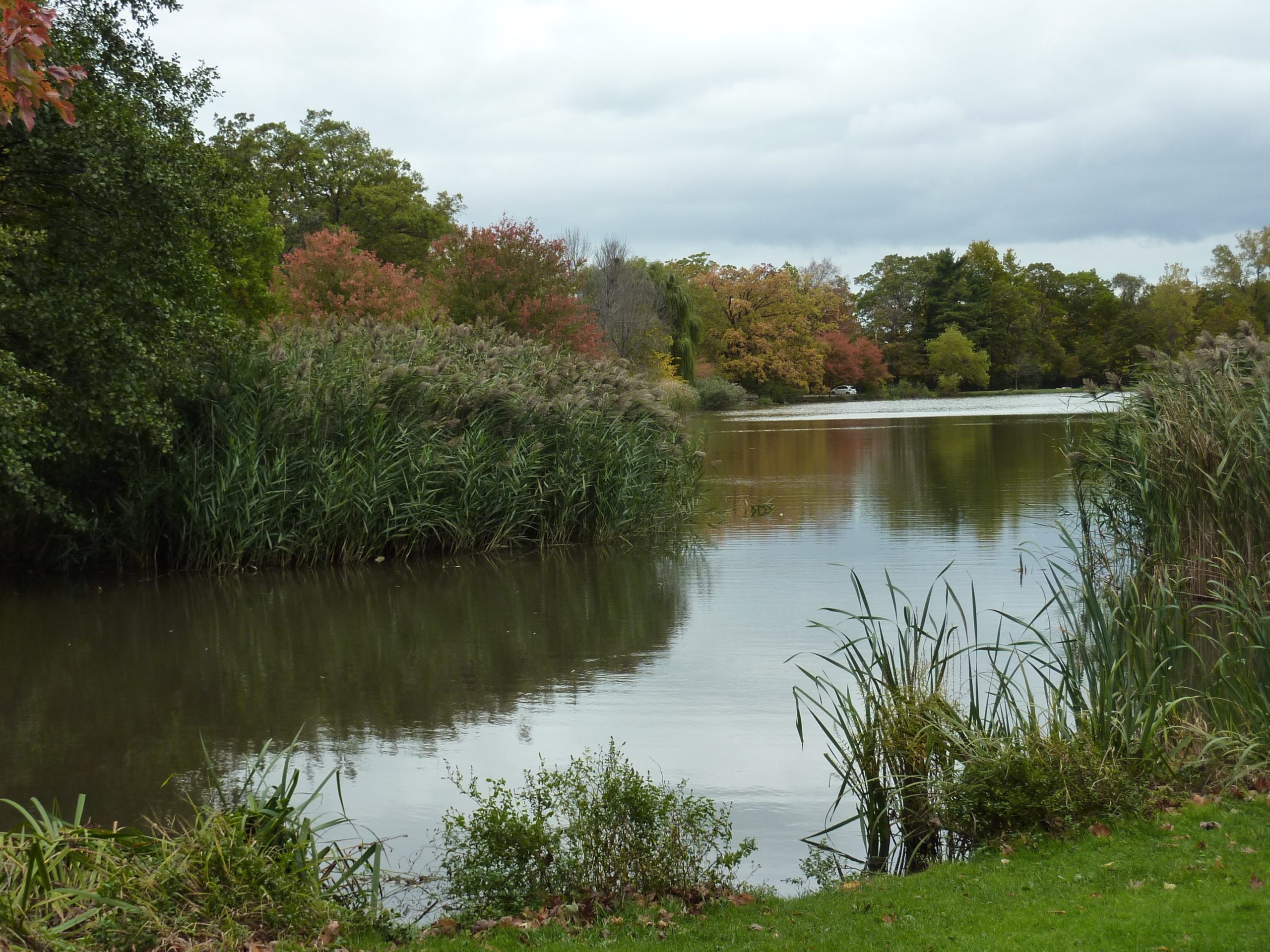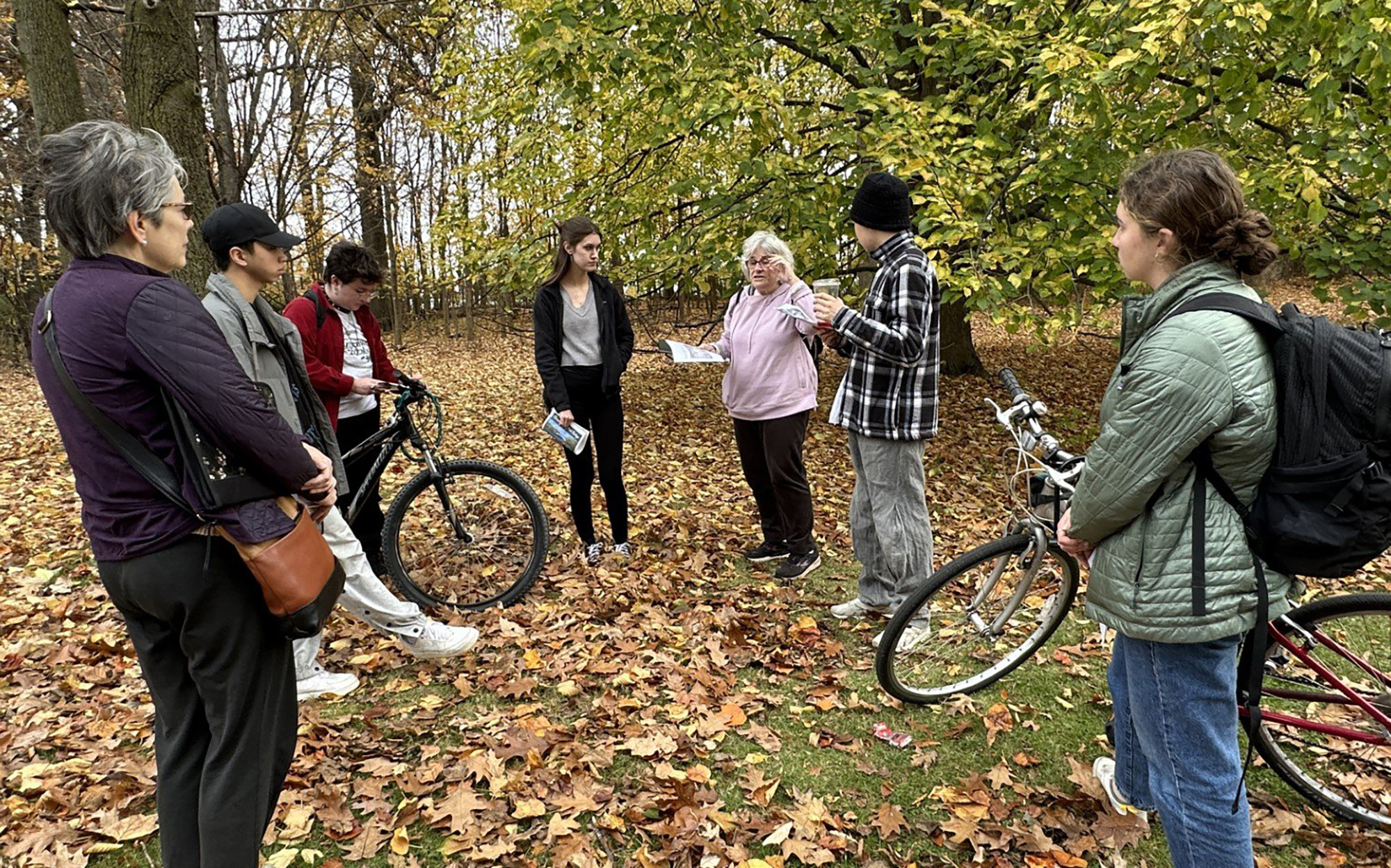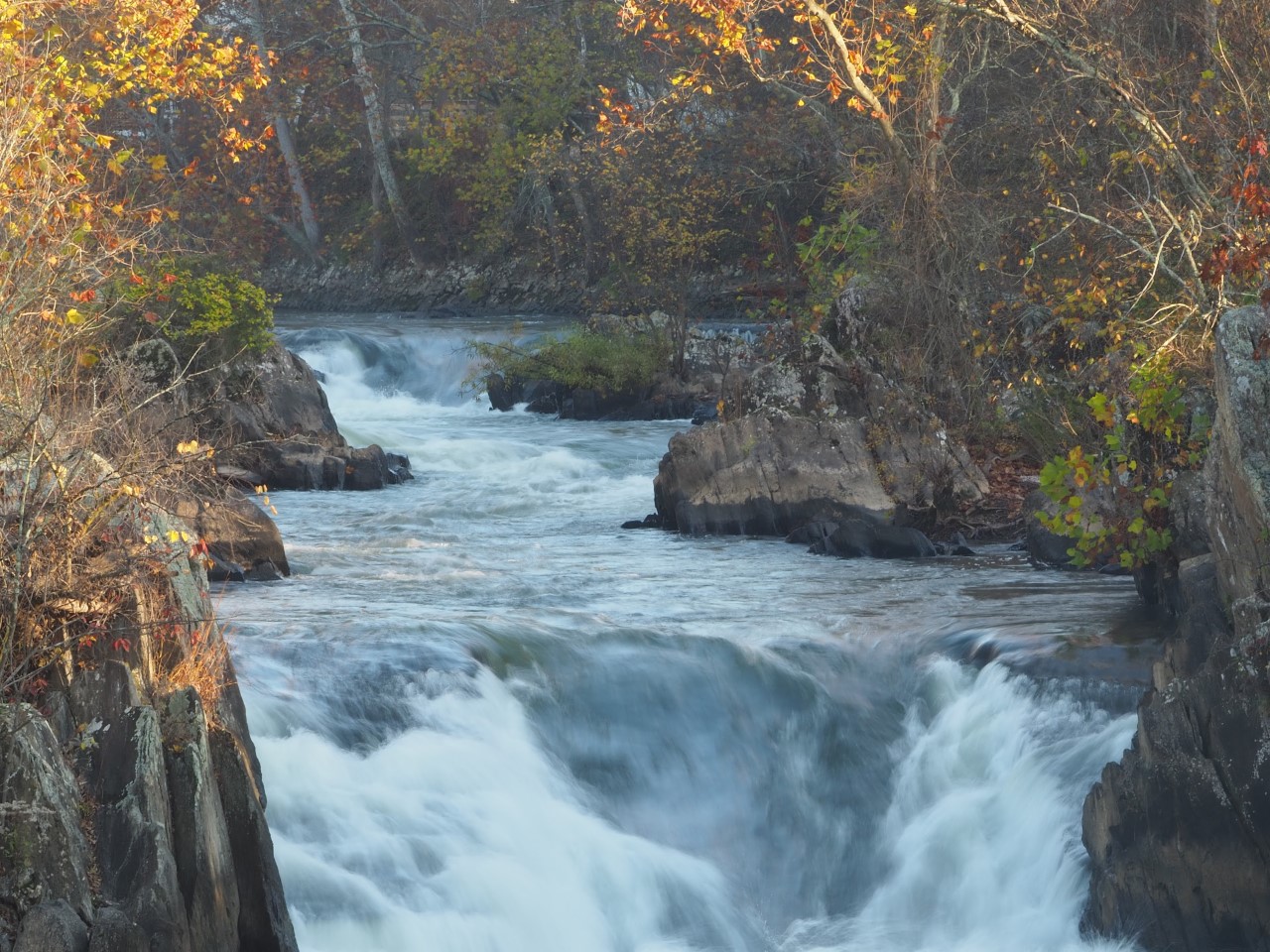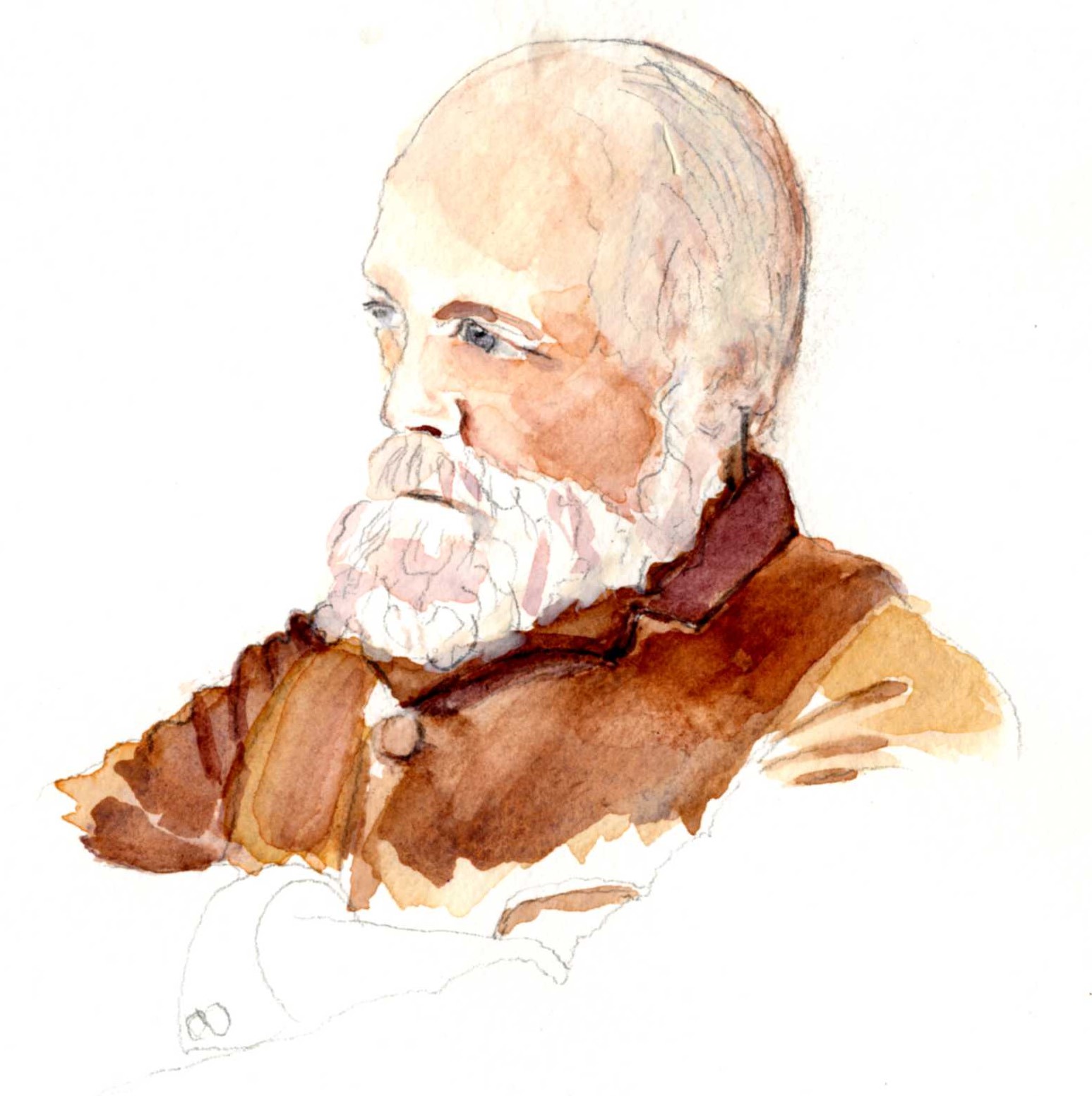
Olmsted judged the Genesee River to be Rochester’s fairest asset with natural settings that should be preserved. He recommended the purchase of land and the development of two large parks straddling the Genesee River north and south of the city’s center. The North Park later was named Seneca Park and the South Park Genesee Valley Park. The third park was to be located on approximately twenty acres of land around the Highland Reservoir that Ellwanger and Barry Nursery Firm donated in January 1888. Three restrictions came with the city’s acceptance of the land—the city must employ a competent landscape engineer to make plans and drawings for the park; the park must be maintained in the style of a park of the first class, and the collections of hardy trees and shrubs must be planted to form an arboretum. For this Highland area to be developed into a major park additional land needed to be acquired to meet Olmsted’s design. Park Commissioner Dr. Edward Mott Moore, Sr stated in a letter dated March 18, 1890, “We have decided to purchase the land around the reservoir precisely as you have laid it out.”
Highland Park
Taking advantage of the highest point on the moraine left from the Ice Age glacier melt, Olmsted envisioned a pavilion at the pinnacle. His design reshaped the landscape, blending in winding paths, trees and shrubs, and breathtaking vistas. Olmsted imagined a magnificent circular, three-story, open-air pavilion that would offer panoramic views of the park, the city skyline against Lake Ontario to the north, and the distant countryside and the Bristol Hills to the south. He engaged the firm Shepley, Rutan, and Coolidge Architects to design the pavilion. Dedicated on September 29, 1890, the crowning glory of Highland Park became known as the Children’s Pavilion. All pathways in the park lead to the signature of the park—the Children’s Pavilion. Olmsted’s concept of shrubs filling the area below the pavilion was carried out by the Parks Department with plantings of lilacs, rhododendrons, and other select shrubs.
Genesee Valley Park
Olmsted’s selection of a pastoral location along the Genesee River became his design focus for Genesee Valley Park. The name Genesee comes from the Seneca word meaning good valley or pleasant valley. The park was an assemblage of former farms. Olmsted created a great meadow with a circular carriage drive. Next to the meadow was a deer park, again a simple pastoral element. Sheep cropped the vast acres of the great meadow and added a feeling of escape from a busy city. Alas, the great meadow was repurposed for a public golf course, and the sheep are gone. The deer park still provides for recreational games and picnics. The most change occurred in this. Park when a major dam was built downstream and a canal was built through the park. Now a boathouse is across the river and a bridge spans the space between the two sections of the park.
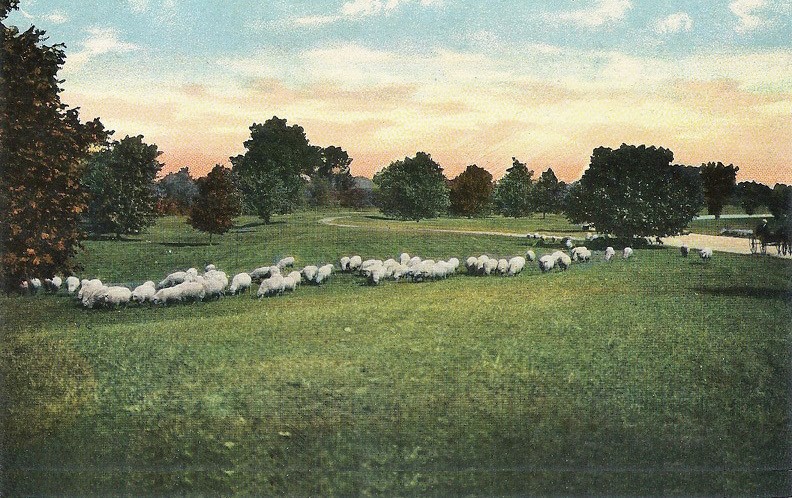
Seneca Park
The three-mile-long gorge below the ninety-foot High Falls of the Genesee River became the site of Seneca Park, the third great park of the Olmsted designed park system for Rochester. Olmsted emphasized the steep sides of the gorge by placing a narrow strip of parkland along the edge of the steepest part of the upper section of the park for carriage drives as well as walking paths and viewing platforms. Several flights of stairs lead down the side of the gorge to shelters and viewing platforms near the river’s edge. Further down the river, the gorge becomes slight hills and marshland. Constructed pathways wind through the marsh’s native vegetation. Characteristic of his work, Olmsted’s design provided access to diverse natural wonders without destroying the natural elements.
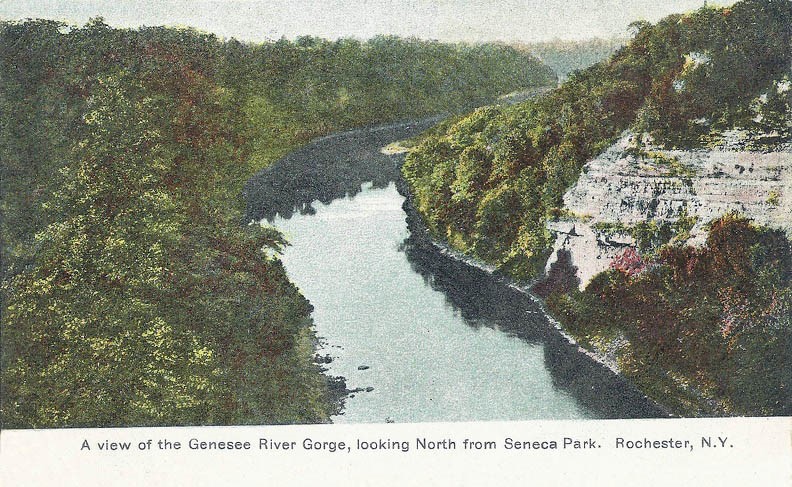
Frederick Law Olmsted’s Ongoing Legacy
On the eve of Olmsted’s 200th birthday celebration, the Rochester Garden Club honors his legacy in Rochester. His recommendation to acquire additional land for Highland Park resulted in space for the Rochester Garden Club to build a Poet’s Garden that helped the club to qualify for membership in Garden Club of America. His insistence for planting shrubs rather than trees along the pathways leading to the Children’s Pavilion led the Park’s Department to choose lilacs and rhododendrons. The Lilac Festival, Rochester’s largest annual festival, is the result of his vision for the space. Most importantly, Olmsted believed all citizens, not just the wealthy, should have access to beautiful parks and have the opportunity to enjoy the health benefits of walking under a tree canopy. Rochester can proudly say, “Look what our fathers and mothers and our civic leaders did for us when they engaged Frederick Law Olmsted to plan a park system for Rochester, New York.
Dame Nature is a gentlewoman. No guide’s fees will obtain you her favor, no abrupt demand; hardly will she bear questioning, or direct, curious gazing at her beauty.
Frederick Law Olmsted, Walks and Talks of an American Farmer in England (New York, 1952)
Dr. Claunch is the Historian of the Rochester Garden Club, Rochester, New York. This history introduces “Honoring Olmsted: A Garden Club of America Virtual Flower Show,” being presented by the Rochester Garden Club on June 18, 2021, and chaired by Mary Corcoran.









